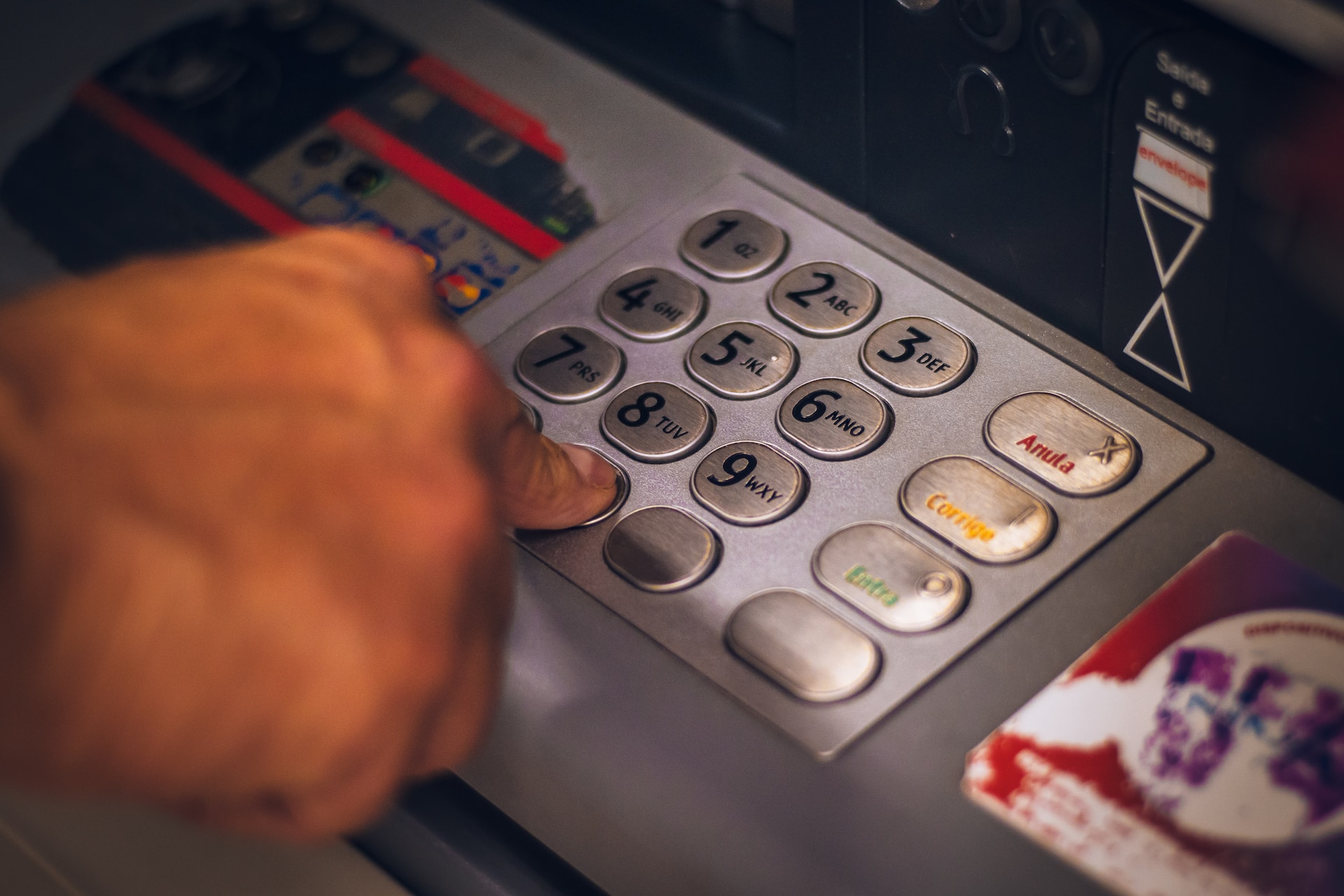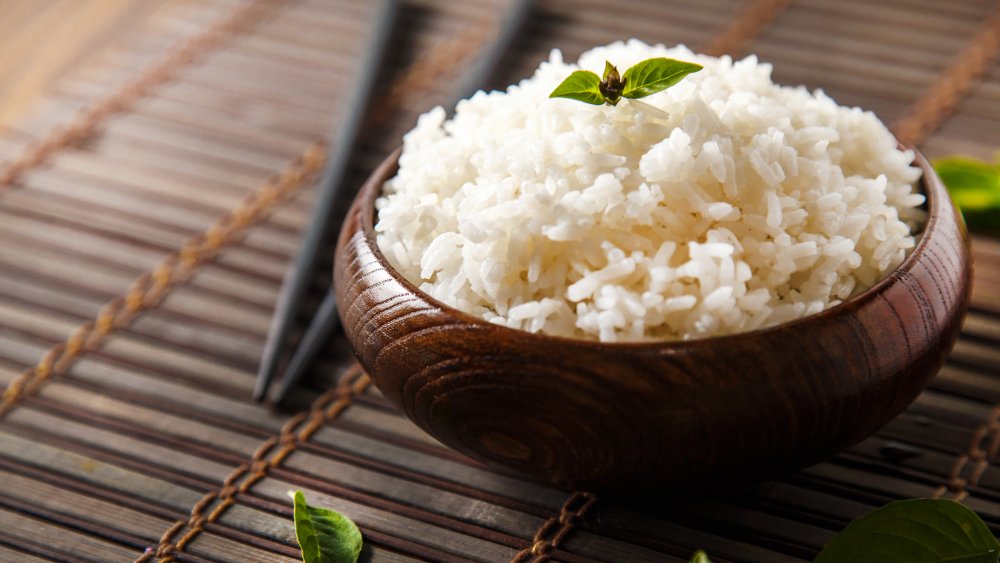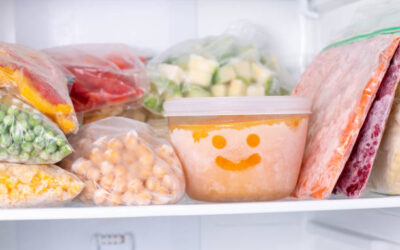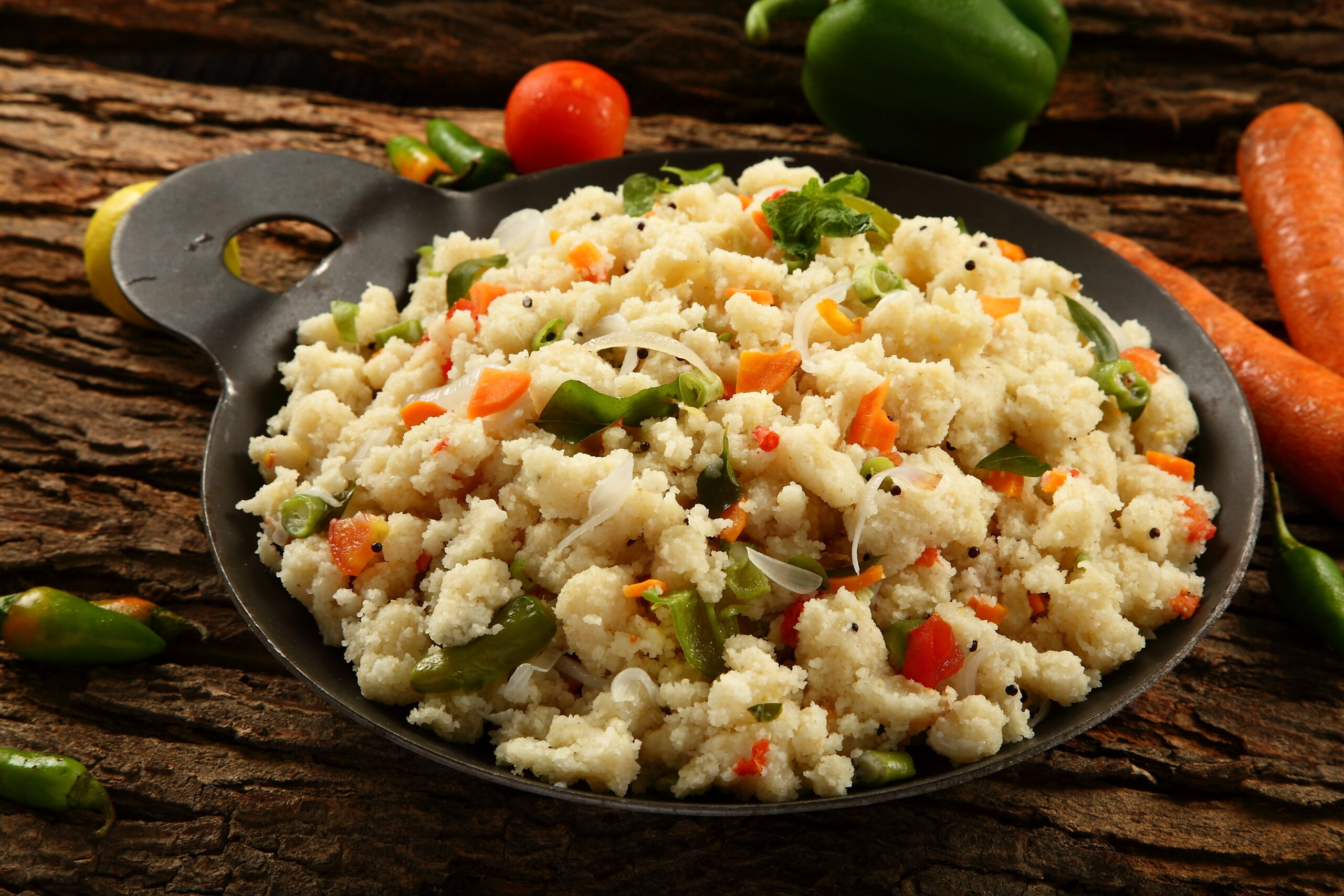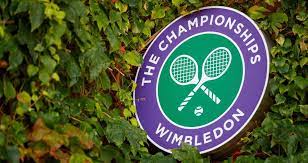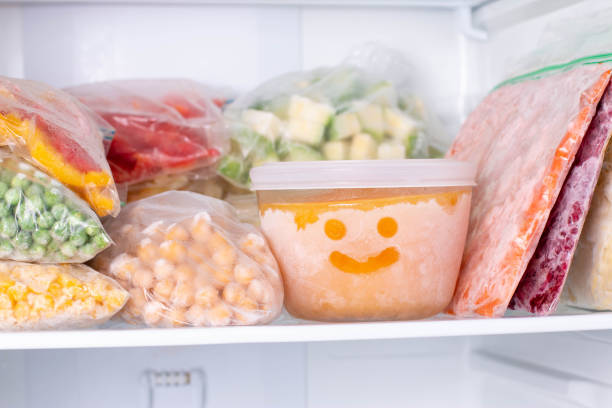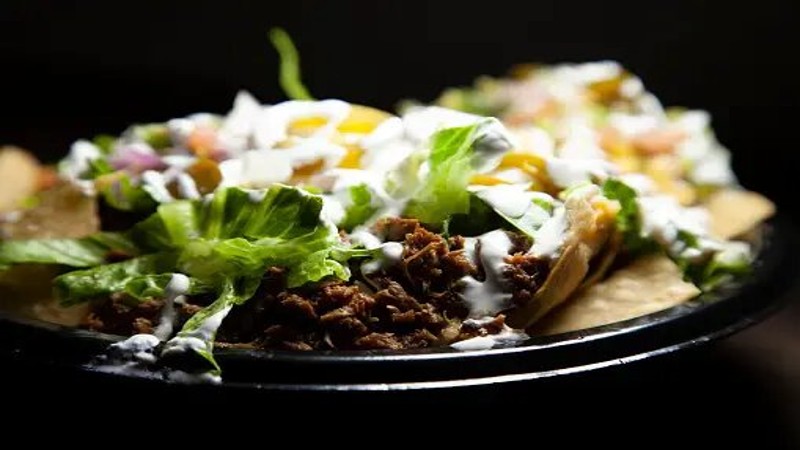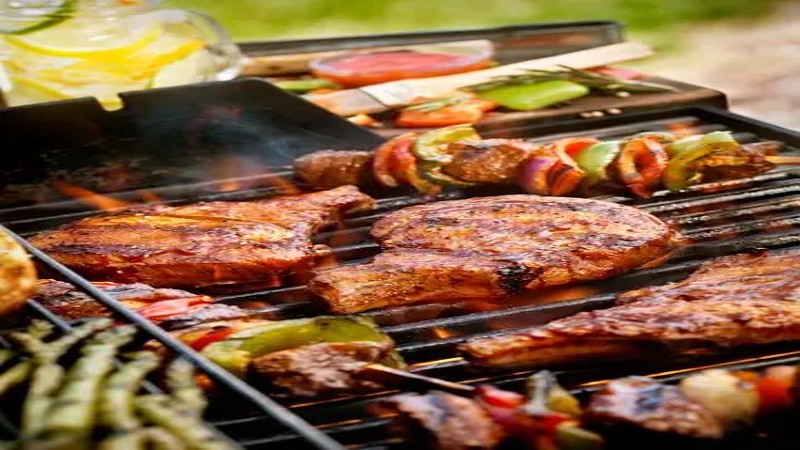Healthy Snacking Tips & Healthy Snack Ideas for Toddlers
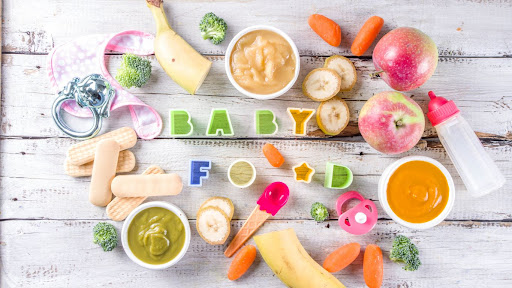
Most new parents can’t decide when to give their children their first snacks. Nobody doubts that the best first baby food is either breast milk or infant formula. Parents shouldn’t include snacks on their kids’ menus until they are 12 months old. Otherwise, babies will eat less baby formula and lack the vital nutrients it gives. How should parents introduce the first snack to a kid, and what should they offer? Read the answers here.
How to Introduce the First Snack
One shouldn’t confuse snacks and lures. Giving the lure means gradually replacing breast milk or baby formula with adult food. Snacking means eating something between regular meals to avoid hunger and get the required vitamins and minerals. A kid needs a snack when it is over one year old and can independently sit and eat pieces of food.
A snack is not fast food or sweets like most parents think. It must be healthy and attractive to a child to make him want it without reminders and forces. Parents should associate snacks with small meals because by eating big snacks, a baby stays full and refuses to eat regular meals. If a baby consumes too much food, it will get digestion problems and obesity in the future.
What Should a Healthy Snack Include
Health experts highlight five food groups that each snack should include.
- Dairy products – cottage cheese, yogurt (not sweet), milk
- Proteins – fish, beans, meats (better chicken, beef, or turkey)
- Fresh and frozen fruit and vegetables – all types, but one should not better start with allergic variants, such as strawberries, oranges, pumpkins, etc.
- Healthy fats – butter, vegetable oil, nuts (if a child isn’t allergic), avocado
- Starchy carbs – crackers, bread, pasta, cereals
Except for these five groups, a snack should have greenery and seeds for better nutrition. For example, a healthy sandwich may consist of two slices of whole grain bread, a piece of boiled or grilled tuna or meat, lettuce, sliced cucumbers, cheese, and tomatoes, and chia seeds (as the source of healthy fats).
What If a Baby Refuses to Eat Snacks
Some kids don’t want to eat their snacks because of several reasons. First, their meals can be too big, so a kid might feel full for a long time. Second, parents can spend little effort making their kids’ snacks attractive. The best option is to curve creatures and combine food of different colors to create a mouthwatering look.
What If a Baby Eats Snacks Only
As a rule, this is a problem of irresponsible food division. It means a kid’s meals aren’t nutritious enough, not tasty, or parents give unhealthy spicy food for snacks, so children like their flavors more. To manage this problem, caregivers should experiment in the kitchen. Today, many bloggers record videos with nutritious meals and snacks for kids of different age groups. All receipts are without sugar and excessive salt, so their tips and tricks might help parents cook healthily and teach their children to have three meals and two snacks per day.



